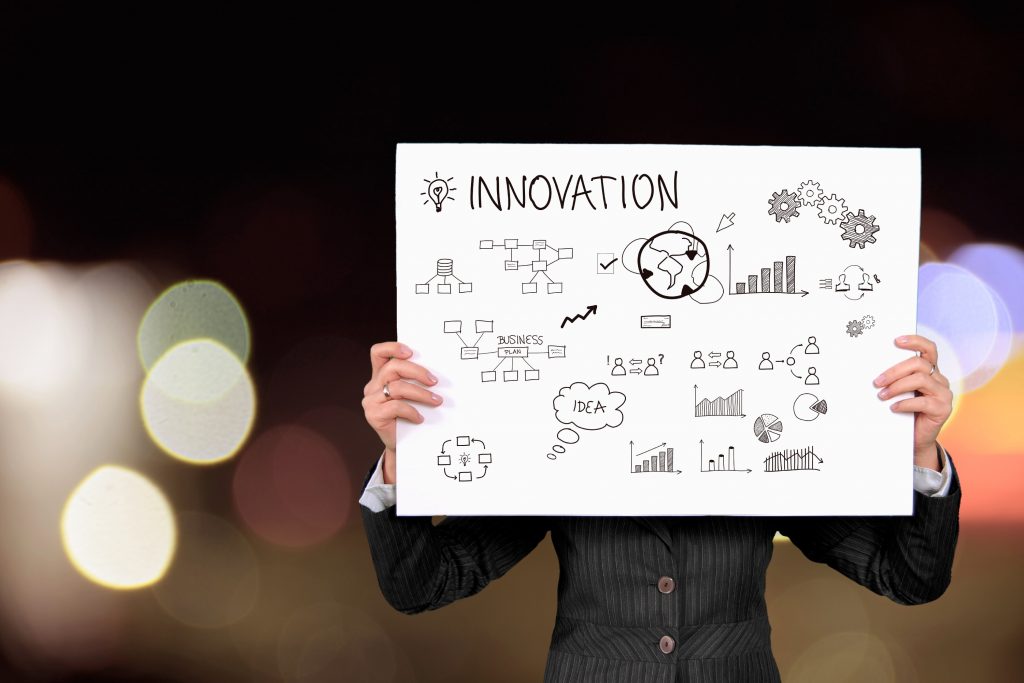Hello! I’m Dani de García, Director of Performance Evaluation, Innovation, and Learning for Social Impact, an international development management consulting firm. We’re working to innovate within the international evaluation space, especially with evaluation approaches. One of our contracts pilots Developmental Evaluation (DE) at the US Agency for International Development (USAID). We’re trying to see if, how, and when DE is feasible and useful for USAID. I’ll use this contract to illustrate some challenges to implementing innovative approaches, and tips we’re learning on how to overcome them.
Challenge: Bureaucracy can stifle innovation.
Hot Tip: Don’t rush into an innovation until you know whether it’s feasible to implement well. For DE, if the activity is unable to adapt based on what we’re finding, it doesn’t make sense for us to use that approach. So, do your due diligence. Figure out what the opportunities and barriers are. Only move forward if the innovation will truly meet the users’ needs and isn’t just innovation for innovation’s sake.
Challenge: Users don’t want to be guinea pigs for new approaches.
Some call this the penguin effect: everyone wants to see another penguin jump off the ledge into the water before following suit.
Hot Tip: Find what relevant examples you can, even if they’re not the exact same sector or innovation. Show what the innovation looks like in a tangible sense. For us, that meant putting together memos detailing options of what DE could look like for their scenario. We highlighted what data collection would look like, who would be involved, and examples of deliverables for each option.
Challenge: New approaches (or more rigorous ones) can be expensive!
Hot Tip: Be upfront with the costs and benefits. There are many times where innovative approaches are not the right solution for users’ needs. Other times, these investments can save lots of money in the long run. For us, this means turning down teams who are interested in DE, but don’t have the resources for us to believe we believe are necessary to meet their needs. We have found it helpful to reframe DE to highlight its potential contributions to design/implementation elements rather than just the evaluation side of things.
Challenge: Expectations are lofty (and may not be aligned with what you’re offering).
Hot Tip: Get everyone in the same place to talk about what an innovation can and cannot achieve (and be realistic with yourself about what’s feasible). In our case, we hold initial scoping discussions with stakeholders to understand their needs, educate them about DE, and talk explicitly about what DE can and cannot do. Once the DEs are underway, we reinforce this through workshops that seek to get stakeholders on the same page.
To learn more about this and other examples, consider attending the ICCE AEA session on November 11th: 1472:Challenges to adopting innovations in Monitoring, Evaluation, Research and Learning (and potential solutions!).
The American Evaluation Association is celebrating International and Cross-Cultural (ICCE) TIG Week with our colleagues in the International and Cross-Cultural Topical Interest Group. The contributions all this week to aea365 come from our ICCE TIG members. Do you have questions, concerns, kudos, or content to extend this aea365 contribution? Please add them in the comments section for this post on the aea365 webpage so that we may enrich our community of practice. Would you like to submit an aea365 Tip? Please send a note of interest to aea365@eval.org. aea365 is sponsored by the American Evaluation Association and provides a Tip-a-Day by and for evaluators.


Challenge: Users don’t want to be guinea pigs for new approaches. Often, this doesn’t apply to developing countries. Users are so eager for new findings that to play in innovations.
Thank you for the tips.